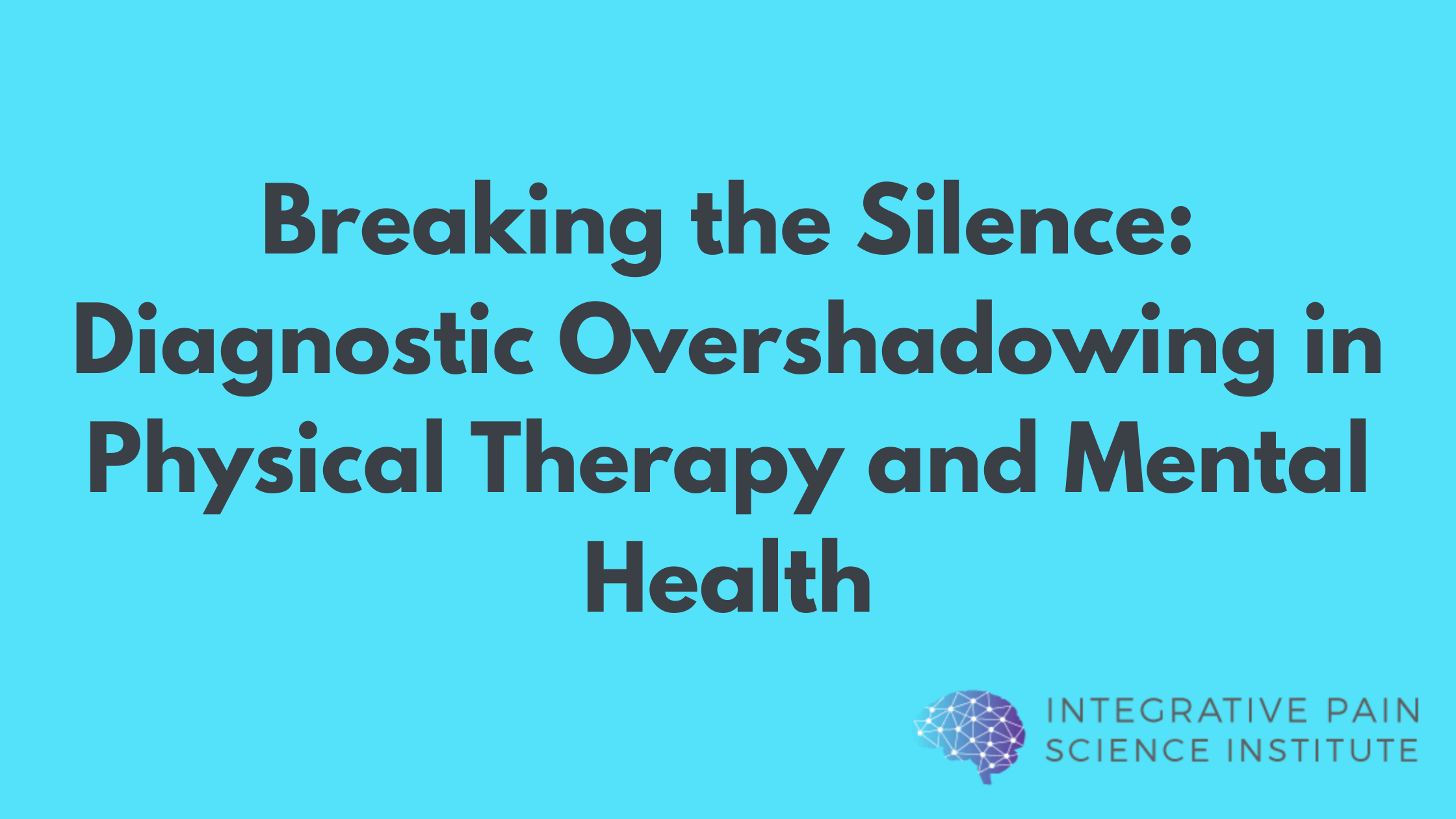Mindfulness is effective for treating chronic pain symptoms.
If you struggle with chronic pain, you may also struggle with finding a treatment option that works for you. Medications like opioids used to be among the first solutions, with over 250 million prescriptions in the U.S. being filled in 2012 alone. (1) As more Americans suffer from chronic pain, opioid use increases — along with overdose and addiction rates, both of which have quadrupled in the past 20 years. (2)
The negative effects of these medications have sparked a national epidemic, and in March 2016, the CDC released an updated report on its recommendations for chronic pain. The report included new measures to be taken to address opioid abuse, advising against using them as the first line of treatment. (3)
With the state of long-term options for chronic pain, finding a healthy solution can be tricky. Ideally, you deserve a treatment that not only relieves your discomfort but also works to resolve it. Chronic pain does not need to last forever, and more research is being done to find effective answers.
Pain Can Be Treated Using The Brain
While there are countless numbers of NSAIDs, opioids, and other medications on the market available for pain, only recently has the scientific community started considering psychological techniques in the place of pharmaceuticals.
In another article, we discussed how treating fear symptoms can be more effective than painkillers. This is because of how influential the brain is in our perception. Given this power, it makes sense to explore cognitive therapies before turning to the pharmacy.
A study published in the Journal of Behavioral Medicine treated chronic pain patients using a 10-week meditation program. By the end of the study, pain was significantly reduced among all subjects, along with symptoms of anxiety and depression. In addition, there were significant increases in self-esteem and physical activity. These benefits were still around 15 months later during a follow-up analysis, and the majority of the subjects continued to use meditation daily. (4)
How does meditation change our perception of pain?
- Emotional regulation
Mindfulness training involves a shift in conscious thinking. This is done by stepping away from the urgency of our constant self-narrative and observing our thoughts and feelings without becoming distracted by them.Over time, this method helps to change the way we interpret and handle our own emotions. We are reminded that they are temporary and that we do have control over our decisions. It has been hypothesized that this effect can interact with our interpretation of pain, increasing pain tolerance and physical activity. (5) - Coping strategies
Meditation has been used to effectively treat anxiety, depression, PTSD, ADHD, and more. Part of its success lies in its ability to enhance acceptance. This includes self-acceptance as well as emotional acceptance.
When we are encouraged to observe our feelings rather than experience and act on them, we are able to better manage them. Meditation is like taking a step back from our emotions to refocus on the present. And if an individual is able to overcome an unpleasant emotional experience through mindfulness, he will become more aware of similar reactions in the future and will be better equipped to cope.
Both of these mechanisms can improve chronic pain symptoms. Meditation can make it easier to regulate our own response to pain, as well as offer an effective coping strategy. Plus, it can address other factors involved in chronic pain, like mood disturbance and anxiety.
It’s not yet clear if this is only through our perception, or if meditation can actually alter neural circuits to treat the pain itself. Regardless, its impact is observable and impressive.
If you’re looking for solutions for your chronic pain, you can sign up for updates at www.drjoetatta.com.
In health,
Dr. Joe Tatta, DPT, CCN
References
- Centers for Disease Control and Prevention. (2014). Opioid Painkiller Prescribing, Where You Live Makes a Difference. Atlanta, GA: Centers for Disease Control and Prevention. Available at http://www.cdc.gov/vitalsigns/opioid-prescribing/
- Paulozzi MD, Jones PharmD, Mack PhD, Rudd MSPH. Vital Signs: Overdoses of Prescription Opioid Pain Relievers –United States, 1999-2008. Division of Unintentional Injury Prevention, National Center for Injury Prevention and Control, Center for Disease Control and Prevention. 2011:60:5.
- http://www.cdc.gov/drugoverdose/prescribing/guideline.html
- J. Kabat-Zinn, L. Lipworth, R. Burney. The clinical use of mindfulness meditation for the self-regulation of chronic pain. Journal of Behavioral Medicine, 8 (1985), pp. 163–190
- J. Kabat-Zinn. An outpatient program in behavioral medicine for chronic pain patients based on the practice of mindfulness meditation: theoretical considerations and preliminary results. General Hospital Psychiatry, 4 (1982), pp. 33–47



